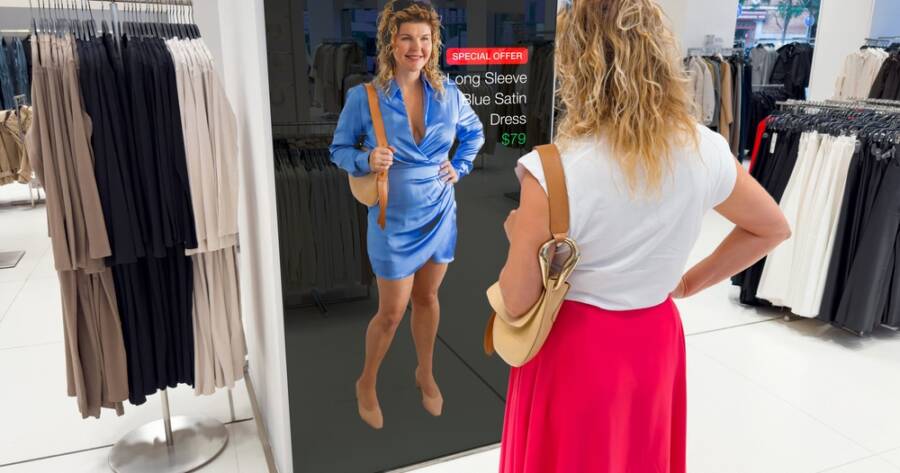The way we shop is evolving rapidly, thanks to advancements in artificial intelligence (AI) and technology. From personalized recommendations to cashier-less stores, the retail industry is undergoing a digital transformation that is enhancing convenience, efficiency, and customer experience. As technology continues to reshape consumer habits, businesses are adapting to meet new demands. This guide explores the latest innovations, including virtual fitting rooms, AI-driven shopping assistants, and smart stores, to give you a glimpse into the future of retail.
The Rise of AI-Powered Personalization
AI-driven technology is revolutionizing the shopping experience by making it more personalized and efficient. Retailers are leveraging AI to analyze customer preferences and offer tailored recommendations, improving both online and in-store shopping.
- Smart Recommendations: AI-powered recommendation engines use browsing history, purchase behavior, and customer data to suggest products suited to individual tastes. Companies like Amazon, Netflix, and Spotify have perfected this technique, and now retailers are following suit.
- Chatbots and Virtual Shopping Assistants: AI-driven chatbots provide instant customer support, helping users find products, answer questions, and complete purchases without human intervention.
- Dynamic Pricing: AI analyzes demand and competitor pricing to adjust product prices in real time, ensuring shoppers get competitive deals while businesses maximize sales.
Virtual Fitting Rooms and Augmented Reality (AR) Shopping
Trying on clothes without stepping into a store is no longer a futuristic dream—virtual fitting rooms and AR shopping tools are making it possible to visualize purchases before buying.
- AR Mirrors and Virtual Try-Ons: Retailers like Sephora and Warby Parker use augmented reality to let customers virtually try on makeup, eyewear, and accessories.
- AI-Powered Fitting Rooms: Stores like Zara and Nike are integrating smart fitting rooms that use AI to recommend different sizes, styles, and outfit pairings based on body scans.
- Home Visualization Tools: Furniture brands like IKEA and Wayfair use AR apps that allow customers to see how products would look in their homes before purchasing.
Smart Stores and the Cashier-Less Revolution
Brick-and-mortar retail isn’t disappearing—it’s becoming smarter. AI and sensor-based technology are transforming physical stores into frictionless shopping experiences.
- Amazon Go and Cashier-Less Stores: AI-powered stores use sensors and computer vision to track what customers pick up, automatically charging their accounts when they leave—eliminating the need for traditional checkout lines.
- Smart Shelves and Inventory Management: Retailers use RFID technology and AI-powered cameras to track inventory in real time, ensuring shelves are always stocked with popular products.
- Robotic Assistance: Stores are introducing AI-powered robots to assist customers, restock items, and even clean floors.
The Role of Blockchain and Contactless Payments
Secure and seamless transactions are an essential part of modern retail. Emerging payment technologies and blockchain solutions are making shopping faster and safer.
- Cryptocurrency and Blockchain Security: Some retailers are beginning to accept cryptocurrency payments, while blockchain technology ensures secure transactions and protects against fraud.
- Mobile Payments and Digital Wallets: Services like Apple Pay, Google Pay, and Samsung Pay allow consumers to pay with their smartphones, reducing the need for cash or cards.
- Buy Now, Pay Later (BNPL) Services: Payment platforms like Klarna and Afterpay give shoppers more flexible payment options, allowing them to split purchases into interest-free installments.
The Future of Retail: A Seamless, AI-Driven Experience
Shopping is becoming smarter, faster, and more personalized than ever before. AI-driven recommendations, AR fitting rooms, cashier-less stores, and blockchain-secured payments are just the beginning. As technology continues to evolve, retailers must embrace these innovations to meet changing consumer expectations. Whether shopping online or in-store, customers can look forward to a seamless, tech-enhanced experience that makes finding and purchasing products easier than ever.

